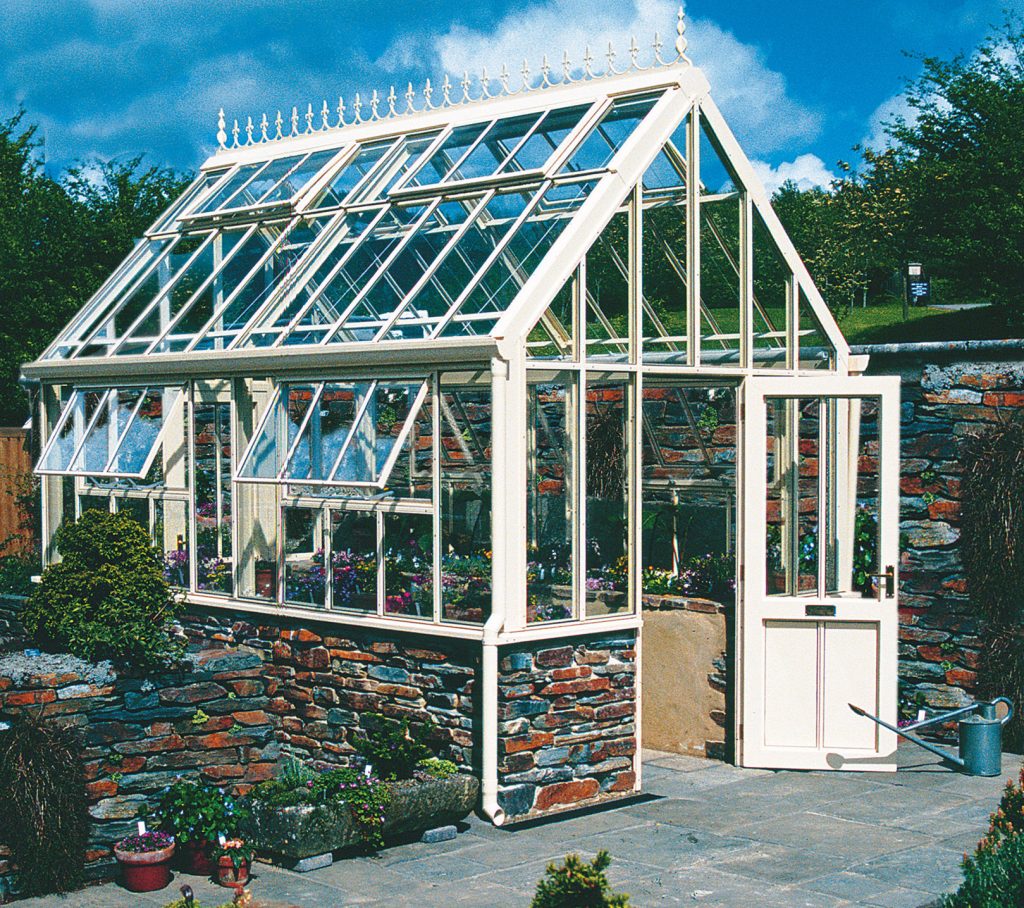Eastern European ways with rock garden design have changed how we garden with alpines.
Once upon a time, the alpine glasshouses at RHS Wisley, the famed display gardens of the Royal Horticultural Society, south of London left me in speechless awe. It was like visiting an art gallery: Nano-tufts of rare aubretia, doll-sized clumps of curious corydalis and dainty cyclamen, all seemingly groomed with tweezers, snugged into spotless pots in serried ranks on metal staging, each pot tidily labeled, was educating, but not something one could easily try at home. The only manageable alternative, sans glasshouse, seemed to be a “tufa” or (expensive) antique stone trough.

Different, however, was the experience at the Society’s northern garden, Harlow Carr, where a faux rock fall, artfully arranged within a glorious glasshouse gave one an idea of the potential beauty of tiny alpines when seen in their natural biome.
Gardening with certain sorts of alpines (those that are not native) in a cool damp climate requires glasshouse protection, but here in the crisp dry sunlight of the Front Range, it’s a different story. The Rockies are, in places, a 1000-million-year-old stronghold of highly desirable alpine plants that do best when exposed to the full play of our unpredictable climate.
Back in the day, the recipe for a rock garden began, “get many extremely large boulders.” And examples of this can be seen just about everywhere there’s a garden that calls itself “rock.” But a newer, user-friendlier approach has evolved: the crevice garden, which complements the heavyweight traditional style, but for home gardeners is much easier to implement.

At its most basic, it’s made by setting slabs of local rock on edge or a sloping tilt then infilling with growing medium (some crevice garden leaders advise using sand, which thrilled my heart) and top-dressing with gravel. The crevice garden in the Mesa Xeric Demonstration Garden, Colorado Springs (below) was designed by Scott Winter, former director of the Betty Ford Alpine Gardens in Vail, where the international crevice garden, inspired by ones in Eastern Europe (Czechoslovakia leading the way), displays plants collected from alpine biomes around the globe.


At the Mesa Xeric garden, the layout has a clear relationship to the sandstone outcrops of the nearby Garden of the Gods. There is an element of “borrowed landscape” in this design and it’s all the more effective for that.

Probably one of the most appealing aspects of crevice gardening is its accessibility. As Kenton Seth remarked to me, “you can start with one the size of a tabletop.” And that is just what I am doing.
© Ethne Clarke, 2016, Text and photographs 2-5.


